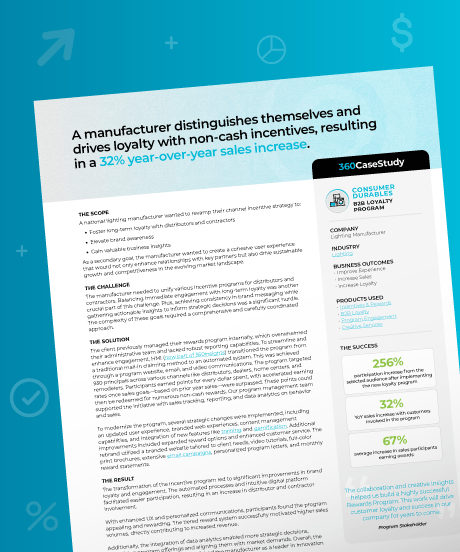User-First Design is an approach to product development that prioritizes the needs, expectations, and experiences of the end user from the outset. It places the user at the center of the design process to ensure solutions are intuitive, accessible, and aligned for real-world use.
Some features of this process include:
- Conducting user research to understand pain points and behaviors
- Designing interfaces and workflows that are easy to navigate and understand
- Testing and iterating based on real user feedback throughout the development cycle
Organizations adopt a user-first design process to build brand trust, improve product engagement, and minimize friction in the user experience. This process helps product teams create solutions that feel natural and useful. By considering the needs of users first, organizations can minimize complexity in a way that better positions them to drive customer satisfaction, encourage long-term loyalty, and deliver measurable results.
Simplify Program & Processes for Success

Case Study
Consumer Durables: Improving long-term loyalty through a cohesive user experience
A national lighting manufacturer wanted to switch up their channel incentive strategy in order to increase brand awareness and improve long-lasting relationships with distributors and contractors.
By creating a cohesive user experience - including the integration of training and gamification within this points-based rewards program and optimizing the engagement and comms strategy - this led to significant improvements in brand loyalty and increased revenue.
Learn how the program automations also improved the internal stakeholders reporting capabilities.
